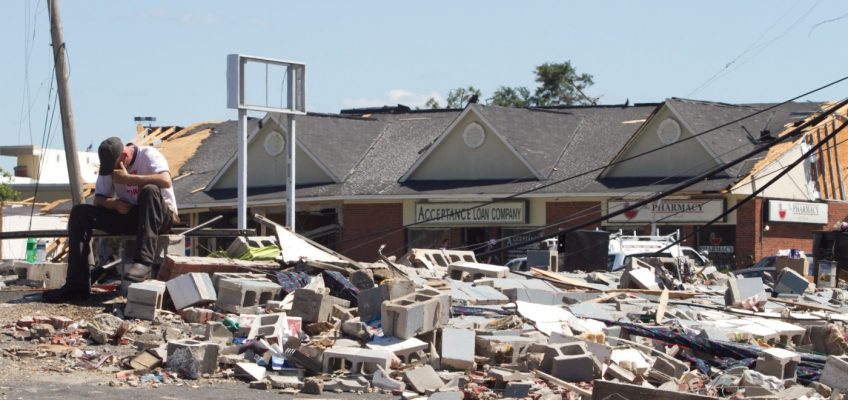One economic policy mistake invariably leads to another to compensate for the damage from the first. The latest example are reports that the Trump Administration may create a tax break for U.S. exporters harmed by foreign retaliation to the President’s tariffs. Don’t be surprised if the cost of paying off the many U.S. tariff victims ends up exceeding the revenue they raise.
While some countries are trying to negotiate Mr. Trump’s tariffs down, others are punching back. Beijing is imposing 125% duties on all U.S. goods to match Mr. Trump’s latest tariffs, which would effectively cut off American exports to China. Ford Motor has stopped shipping to China pickups, SUVs and sports cars made in Michigan.
Beijing has also told Chinese airlines to halt purchases of Boeing airplanes and aircraft parts from U.S. companies. The European Union has threatened 25% duties on an array of U.S. goods in response to Mr. Trump’s 25% steel and aluminum tariffs. Canada has slapped 25% tariffs on more than $40 billion in U.S. exports.
If the trade war escalates, Mr. Trump’s tariffs could reduce U.S. exports as much as they do imports. The first-term Trump Administration spent some $23 billion to aid farmers harmed by China’s retaliatory tariffs, which the Trump team plans to do again. Now news reports say some Trump officials are also considering a new exporter tax credit to support manufacturers.
The idea is to compensate U.S. companies for declines in exports caused by retaliatory tariffs. So if steelmaker Nucor ’s exports shrink by $3 billion as a result of other countries’ tariffs on U.S. steel, the company could receive a tax credit — effectively a government payment via the tax code — to offset reduced sales.
Unlike most business credits — such as for research and development, chip-making or green energy projects — this tax subsidy wouldn’t be designed to reward politically favored investments and industries. The point would be to mitigate damage caused by a misconceived U.S. government policy.
Another recent example is the Covid employee retention tax credit, which was paid to employers to keep workers on their payroll after government shut down the economy. That credit was rife with fraud as businesses unaffected by lockdowns claimed it. Consider it a safe bet that companies that lose exports for reasons other than trade retaliation will claim the export credit.
The bigger problem is that the credit runs counter to the goals of Mr. Trump’s 2017 tax reform, which simplified the corporate code by eliminating sundry tax breaks. As JPMorgan Chase CEO Jamie Dimon noted in his recent annual letter, the cut in the corporate tax rate to 21% from 35% was paid for in large part by this simplification and broadening of the tax base.
Adding new tax dispensations will muck up the code and reduce corporate tax revenue. It will put fiscal pressure on Republicans to raise the corporate tax rate, which would make U.S. businesses overall less globally competitive. Republicans are already considering raising the corporate rate and top marginal individual rate to pay for Mr. Trump’s tax breaks that do nothing for economic growth like his deduction for interest on car loans.
Tariffs are economically harmful for their immediate victims, but they are also politically corrupting as lobbyists plead for exemptions and subsidies. An export subsidy won’t be the last mistake to make up for the original sin of tariffs.
— The Wall Street Journal
Related Articles
James Stavridis: My old warship is caught up in the battle over DEI
Trump expresses doubts Putin is willing to end the Ukraine war, a day after saying a deal was close
F.D. Flam: Geoengineering’s risks need to be studied more
Justice Department to resume issuing subpoenas to journalists as part of leaks crackdown, Bondi says
Judge blocks Trump administration from nixing collective bargaining for most federal employees




